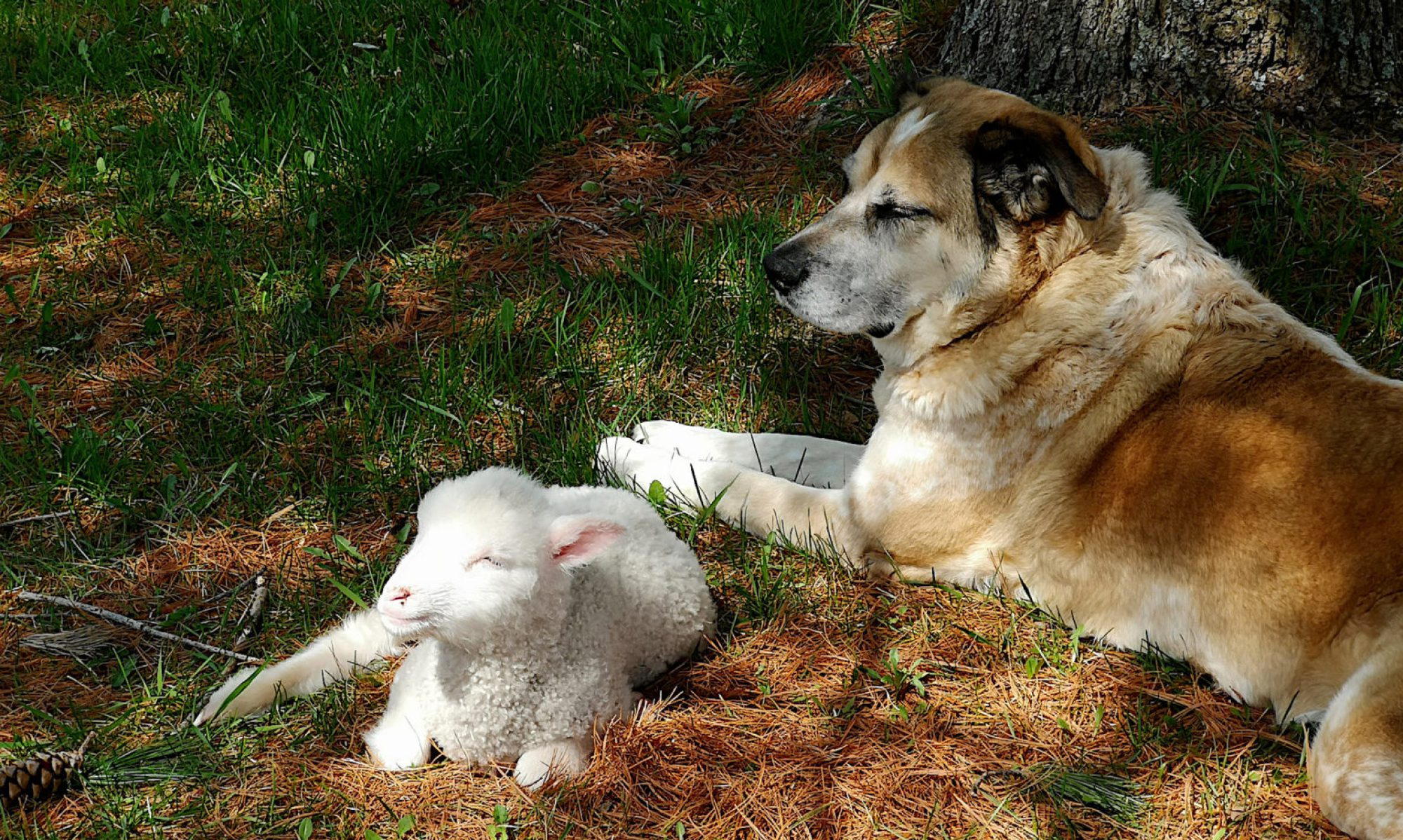Well, it’s official. The “social graph” is the new metaphor for what the Web is becoming. Nick Carr points to a post by Sir Tim Berners-Lee (you might have heard of him, he kind of invented the Web) in which the godfather of hypertext lays out his thoughts about “Web 3.0,” or what has been called the “semantic Web.” And it is all about the connections between people, expressed through whatever sites or services they choose to allow to collect or transmit their social information.
As described by Sir Tim (who once told me in an interview that anyone uses the Sir in front of his name has to buy a round of drinks), the original Internet revolution was the ability to connect computers through various protocols — instead of having to worry about cables and specific kinds of equipment. The second revolution, which built on the first, was the ability to connect documents and files and databases, regardless of where those documents and data existed — i.e., the Web.
Now, he says, we are moving towards a social Web, which allows us to connect with other people in a variety of ways, and to do so (theoretically) regardless of where that person is and what software tools or service they are using. Sounds a lot like Google’s OpenSocial, doesn’t it? Although Sir Tim doesn’t mention that specifically, he is clearly talking about formats that allow the free movement of personal data from place to place.
One thing that I found particularly interesting was what the father of the Web said about how each advancement has required people to give up some level of control. He saysl:
“The less inviting side of sharing is losing some control. Indeed, at each layer — Net, Web, or Graph — we have ceded some control for greater benefits. People running Internet systems had to let their computer be used for forwarding other people’s packets, and connecting new applications they had no control over.”
And now, it is social information that is being transmitted — and there are tradeoffs that go along with that, as Facebook is forcing us to realize:
“Letting your data connect to other people’s data is a bit about letting go in that sense. It is still not about giving to people data which they don’t have a right to. It is about letting it be connected to data from peer sites. It is about letting it be joined to data from other applications. It is about getting excited about connections, rather than nervous.”
That Tim — he’s a pretty smart guy.
